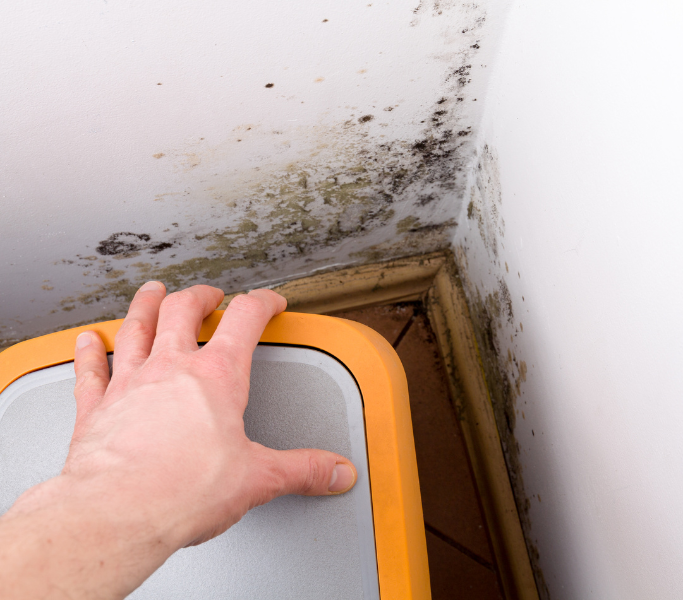
Mould can pose serious health risks and affect the overall quality of indoor environments. In addition to causing respiratory issues and allergic reactions, mould growth can lead to structural damage if left unchecked. At T&T Occupational Health & Safety, our mould surveys provide thorough inspections to identify and assess the presence of mould, offering actionable insights to mitigate risks and promote healthier indoor environments.
A mould survey is a comprehensive inspection process designed to detect and evaluate the extent of mould growth in a building. Mould can develop in areas with excess moisture or humidity, often in hidden spaces like behind walls, under flooring, or in HVAC systems. Our certified professionals conduct mould surveys to identify these problem areas, determine the severity of the mould presence, and recommend solutions to eliminate the risk and prevent future occurrences.
Mould surveys are essential for maintaining safe and healthy living or working conditions, particularly in older buildings or spaces that have experienced water damage. Early detection of mould helps to address issues before they become more serious, protecting both building occupants and the structure itself.

Mould growth indoors is a common issue that can have significant health and environmental consequences. When mould spores are airborne, they can be inhaled, potentially causing a range of health problems, particularly for individuals with allergies, asthma, or weakened immune systems. Key reasons why mould is problematic include:
Mould exposure is associated with a range of health problems, particularly for individuals with preexisting conditions such as asthma or allergies. Common symptoms of mould exposure include:
While some mould growth is visible, it often develops in hidden areas that are difficult to detect without a professional survey. However, several warning signs may indicate mould is present:
At T&T Occupational Health & Safety, our mould surveys follow a comprehensive process to ensure that every potential area of concern is thoroughly inspected. Our experts use advanced techniques and equipment to detect and assess mould growth, even in hard-to-reach areas. The process typically includes the following steps:
Mould surveys are beneficial in a variety of situations, particularly when indoor air quality, health, or structural integrity may be at risk. Some key situations that call for a mould survey include:
At T&T Occupational Health & Safety, we are committed to providing reliable and thorough mould surveys to help you maintain a safe, healthy indoor environment. Our team of certified experts uses state-of-the-art technology and proven methods to assess mould growth and provide effective recommendations for mitigation accurately.
Whether you’re dealing with the aftermath of water damage, concerned about health issues, or simply want to proactively protect your property, our mould surveys offer the insights and solutions you need. Contact us today to schedule a mould survey and ensure the safety and well-being of your indoor environment.